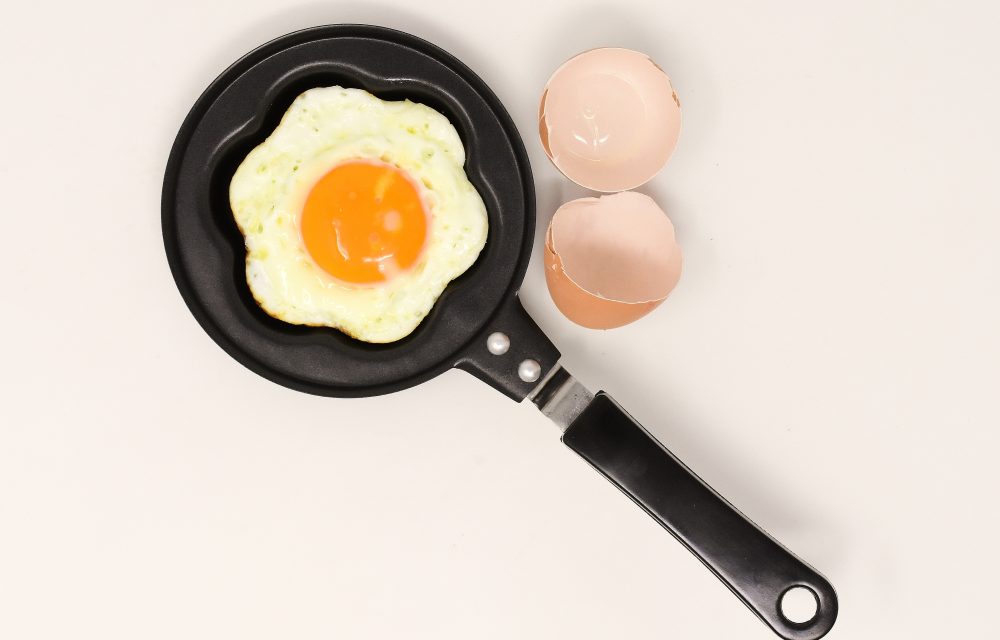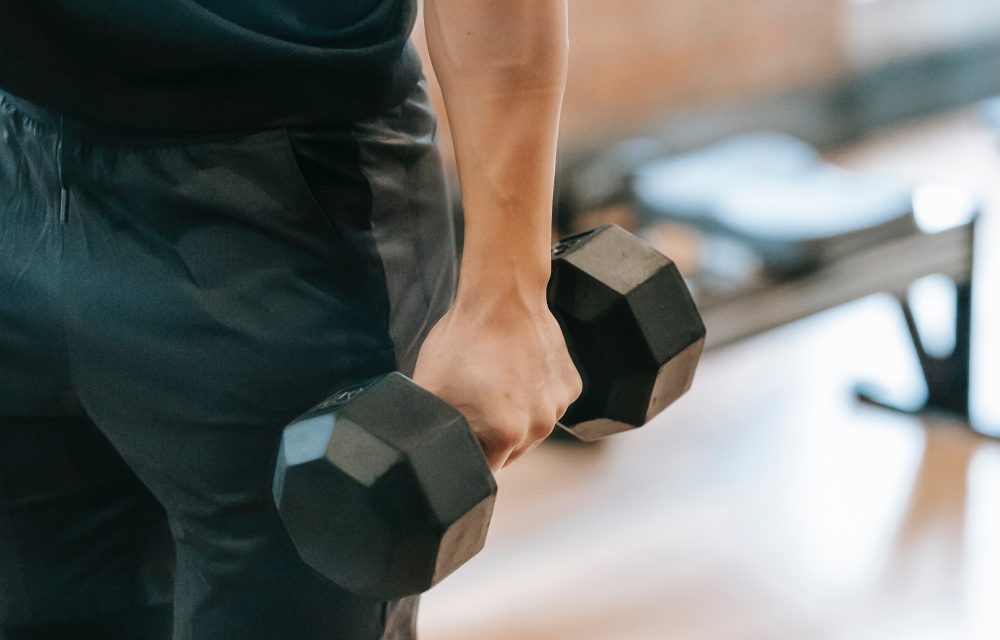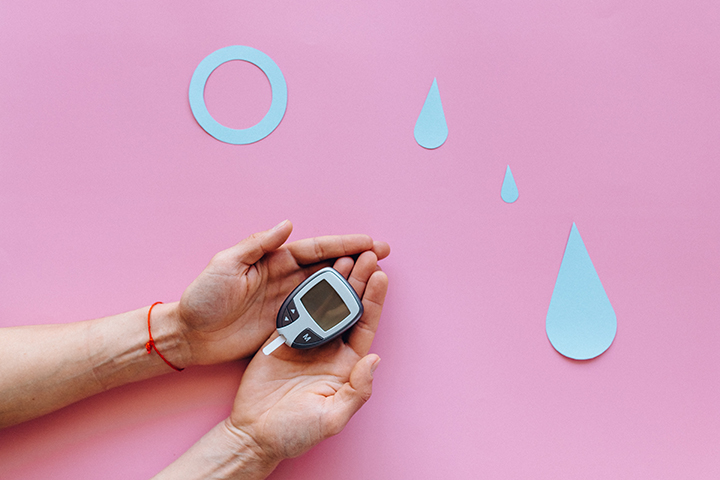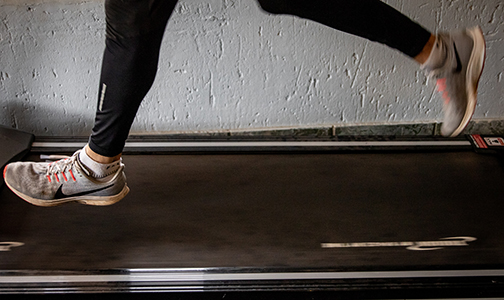Surprising Sources Of Protein
Finding healthy and inexpensive protein sources has become the goal in many households in Sacramento, CA. Some people look for alternatives for other reasons. They may be bored with traditional sources like beans, beef, or chicken. They also may want protein sources that contain a host of other nutrients. Some of the surprising sources of protein provide both macro and micro micronutrients.
Amaranth and other pseudocereals are rich sources of protein.
Pseudocereals are also called ancient grains. They are rich in nutrients and higher in protein. These grains have remained relatively unchanged for thousands of years and are staples for people across the globe. They’re not highly processed like most of today’s grains and have far more nutrients than wheat, corn, or rice. Amaranth, kamut, teff, and freekeh are higher in protein, containing 8 to 13 grams per cup. All are higher in fiber and loaded with nutrition. One of the best-known pseudocereals is quinoa. It’s high in fiber, folate, vitamins B6 and E, iron, magnesium, manganese, iron, copper, potassium, zinc, and protein.
Eggs aren’t just for breakfast.
One more traditional protein source is the often-ignored egg. It’s a great addition to noodle dishes like pad thai as the protein source or with a mix of vegetables in an omelet. Eggs contain 7 grams of protein for a large egg. It has high amounts of leucine that boosts protein synthesis to build muscles. The protein in eggs is easy for the body to digest and use. Eggs contain high amounts of choline to improve brain functioning and zeaxanthin to improve eye health.
Green peas are both colorful and a source of protein.
Many vegetables provide protein. Peas are among them. Vegetarian bodybuilders often use pea protein as their go-to when making protein smoothies. Green peas contain approximately 9 grams of protein per cup. Peas are high in fiber, vitamins A, C, and K, thiamine, folate, manganese, iron, zinc, and more. Leafy greens are also good sources. They contain most of the same vitamins and minerals and are higher in some, but only half the amount of protein as peas.
- Trail mix containing nuts and seeds are loaded with protein. Sprinkle almonds, walnuts, pumpkin seeds, and other nuts and seeds on salads for extra protein.
- Bone broth is a good source of collagen. Collagen is a protein beneficial for joints, hair, nails, muscles, bones, and skin. A cup of bone broth has 9 grams of protein. Add your favorite vegetables for a complete meal.
- Most people consume vegetables for their vitamins, minerals, and phytonutrients, but many are protein sources, too. A few examples are edamame from soy, broccoli, kale, and sweet potatoes.
- When choosing eggs for protein, opt for pastured eggs if possible. The hens eat a more natural diet and get sun exposure. It’s more humane, and their eggs have more omega-3 fatty acids and vitamins A, D, and E.
For more information, contact us today at Team-ISC











